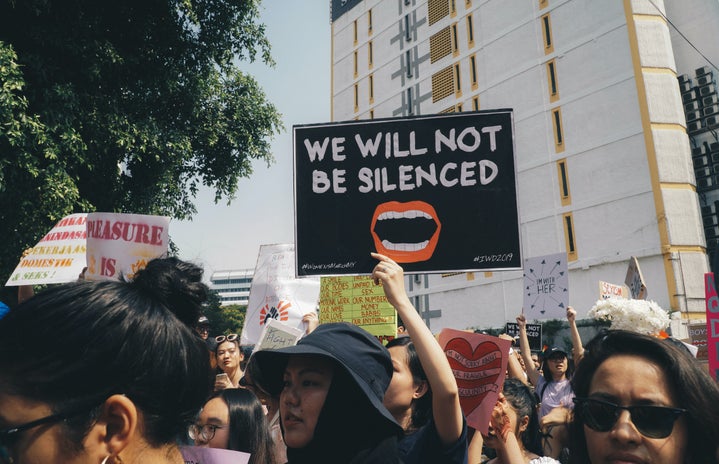All over the United States this month thousands of Women and allies will celebrate the historic accomplishments of past and present Women who have shaped the way for where we are today as a society. As women we have been looked at as less than for centuries. We have be denied the rights to vote, have property, have rights over our bodies. Yet even today there is still a stigma about being a women. For one month a year though, it is about us. For one month, everyone honors and remembers the fight from women of the past. To be honest, thinking about how we have have come so far in just a short amount of time blows my mind a little bit.
The Suffrage Movement was a significant time in history. In 1869, Susan B. Anthony and Elizabeth Cady Stanton found the National Women’s Suffrage Association. In 1917, Jeanette Rankin, an early activist became the first women to be elected into Congress as a member of the House of Representatives. In 1919, The Women’s Suffrage Amendment, written by Susan B. Anthony, was introduced to Congress and is ratified in 1920 stating that “The right of citizens of the United States to vote shall not be denied or abridged by the United States or by any State on account of sex.”
The Civil Rights and Equal Pay era was also monumental. It wasn’t until 1960 that the FDA produced the first commercially produced birth control pill in the world. In 1963, President John F. Kennedy signed the Equal Pay Act. The following year, President Lyndon B. Johnson signed the Civil Rights Act into law which gave us Title VII.
In 1972, Title IX was signed into Law by president Richard Nixon. 1973, Roe v. Wade was passed by the Supreme Court, however as we all know it was overturned in June 2022. In 1993 Janet Reno was the first female attorney general of the United States. The following year President Bill Clinton signed the Violence Against Women Act, which funds programs that helps victims of domestic violence, sexual violence, sexual assault and stalking among other gender related violence. 1997, Madeleine Albright is sworn in as the nation’s first female Secretary of State.
In 2007, Nancy Pelosi became the first female speaker of the House. The U.S. military removed the ban against women serving in combat in only 2013. During the 2016 Presentation elections Hillary Clinton became the first women to receive a presidential nomination. In 2021, Kamala Harris was sworn in as the first women and first women if color as Vice President of the United States.
The History of women getting where we are today is eye opening. How has it taken this long for Women to have a role in government, the work place and society as a whole. This is why Women’s History Month is so important. Many people don’t even know all the sacrifices made by these strong Women. We still have a long way to go though. There is still so much progress to be made for total equality. Thanks to women past and present there is hope that that day is coming soon but we still need to fight. I challenge everyone to do their own research and start talking about it.
Sources:
https://www.history.com/topics/womens-history/womens-history-us-timeline


